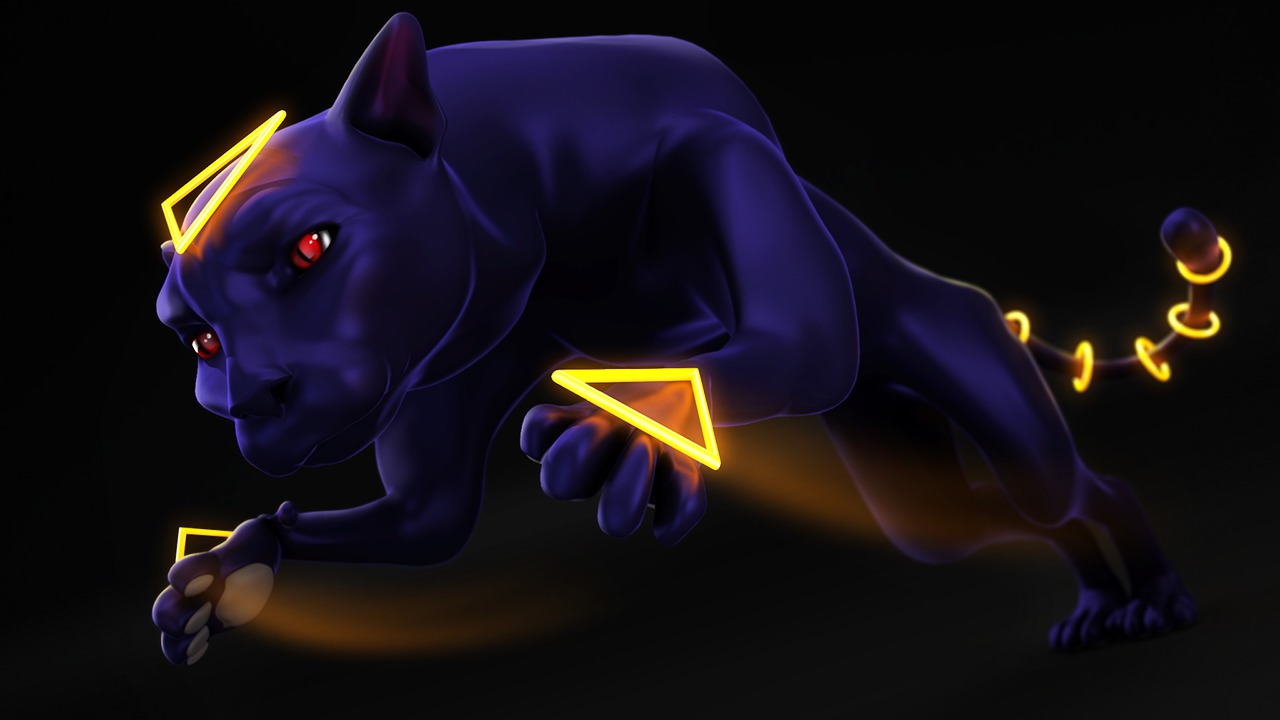Animator Friendly Rigging
I'm really excited to announce that the Animator Friendly Training material previously available from Autodesk is now available for sell directly from my! I've heard over the years that this material has been some of the best for teaching people not only how to rig bipedal characters, but also how to approach character rigging in a way that makes rigs fun for the animator to use. The series comes in 4 parts: Part 1 – Introduction To Rigging What is “rigging”? How should I approach it? What does the animator want?

One of the things that people have asked me about over the years is why are there two different versions of the shelves in the Animator Friendly Rigging series. This is an excerpt from part 1 of Animator Friendly Rigging, an educational DVD series by Jason Schleifer. It teaches people how to create animation rigs.
This section discusses all these things, and dives into creating your first rig. The bouncy ball! Brickshooter Egypt Full Game on this page.
Part 2 - The Biped – Torso and Head Now that we have a good idea of what rigging is and how to systematically approach it, let’s get started on what everyone wants to rig – a human! This section is broken into two parts and discusses how to rig a character’s torso and the head. Part 3 - The Biped – Arms and Hands Continuing our discussion on Bipeds, we move on to the arms and the hands of the character. Arms can be creatively challenging since they need to gesture and move naturally, as well as grab onto things and support the character’s weight. Broken into three parts, the first two sections cover forward and inverse kinematics, shoulder control, removing counter-animation, and more. The third section delves into hand controls with simple yet powerful rigs. Part 4 - The Biped – Legs and Presentation Broken into two section, part 4 of the series finishes up the biped.
The first section creates a intuitive and powerful leg system. We also get into more of the animator-friendly aspects of setting up your rigs, such as matching, UI, and more.
If you go to the, you can find video and PDF previews of the material and what is covered in each section. I'm really excited to be able to offer this material to everyone at a huge discount from it's original price of $29.99 per dvd.
Now, it's available for only $14.99, and if you buy the entire at once you get all 8 dvds for the price of 7! For those of you who have purchased the material in the past, thank you so much! I really appreciate the support. I put a lot of time and energy into these, and it means the world to me that people find them useful! Thanks everyone!
What Sheep said answers your question Ndog, but just to echo Sheep. I would say its applicable to pretty much any software. While certainly it has Maya specific information, that information isn't the core information presented in this series. I really felt the whole focus of this series is about how to think about rigging and be most effective for the animators. It presents a pretty universal and foundational way to think about rigging. These concepts are not software specific at all. I think Jason even linked a video on his blog of someone taking the concepts and thoughts he presented in this series and applying them in Blender.
Fede, I have 2011 and have had no major problems with the series or the tools provided with it.
When enrolling in iAnimate rigging workshop, you'll learn the art and science of building a character rig as well as the development process and pipeline used in the industry. All students will spend time practicing and recreating what was taught in class; create setup, skin a character, develop your own rigging tools, etc. Those workshop have been specifically designed for animators who wants to expand their technical knowledge, and technical animators who would like to strengthen their rigging skills. • Rig a character properly and efficiently based on industry standards. • Have a wider Maya knowledge. • Develop your technical minding. • Understand the rigging pipeline.
Comments are closed.